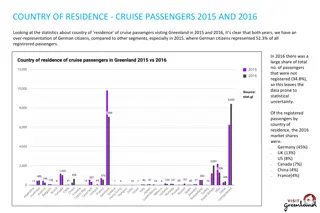
Balance Walking Test for People with Multiple Sclerosis
This paper focuses on the reliability and concurrent validity of the Narrow Path Walking Test, designed for individuals with Multiple Sclerosis (PwMS) who are at high risk of falls due to balance and mobility issues. The study highlights the significance of assessing gait speed and stability to reduce the risk of falling among PwMS. The Narrow Path Walking Test proves to be a valuable tool for both research and clinical assessment of PwMS' progress.
Download Presentation

Please find below an Image/Link to download the presentation.
The content on the website is provided AS IS for your information and personal use only. It may not be sold, licensed, or shared on other websites without obtaining consent from the author. If you encounter any issues during the download, it is possible that the publisher has removed the file from their server.
You are allowed to download the files provided on this website for personal or commercial use, subject to the condition that they are used lawfully. All files are the property of their respective owners.
The content on the website is provided AS IS for your information and personal use only. It may not be sold, licensed, or shared on other websites without obtaining consent from the author.
E N D
Presentation Transcript
Rational In this paper we focused our attention on PwMS. More than 50% of PwMS fall at least once a year. More than 90% report balance and mobility problems. Which makes them prone to falling. Decline in both gait speed and frontal plane (medio-lateral) stability have been associated with increased falling risk in PwMS.
Reliability and Concurrent Validity of the Narrow Path Walking Test in People with Multiple Sclerosis
Objective To test the reliability and concurrent validity of a novel balance walking test in PwMS called the Narrow Path Walking Test.
Methods 30 volunteers with MS. 0Test 1: NPWT+ Clinical Tests Test 2: NPWT 0 2 3 5 1 4 6 7 (Days)
Outcome measures Relative reliability of reproducibility of testing procedure between tests Absolute reliability (measurement error ) Number of Steps Trial time Step Errors Cog. Task Errors Number of balance losses. Trial Velocity Step Length
Conclusions The NPWT is easy to administer. We provide Smallest Real Difference values for the individual and the group level. Making the NPWT applicable not only for research but also for assessment of clinical progress in PwMS.






















